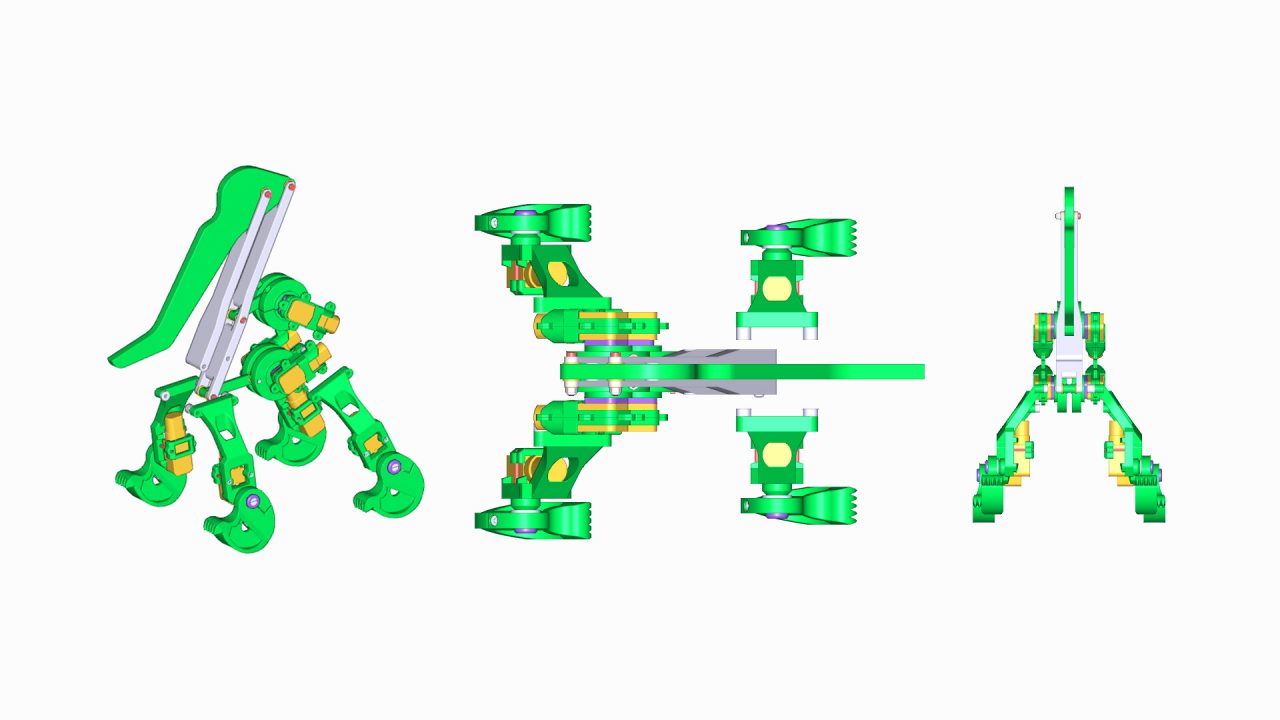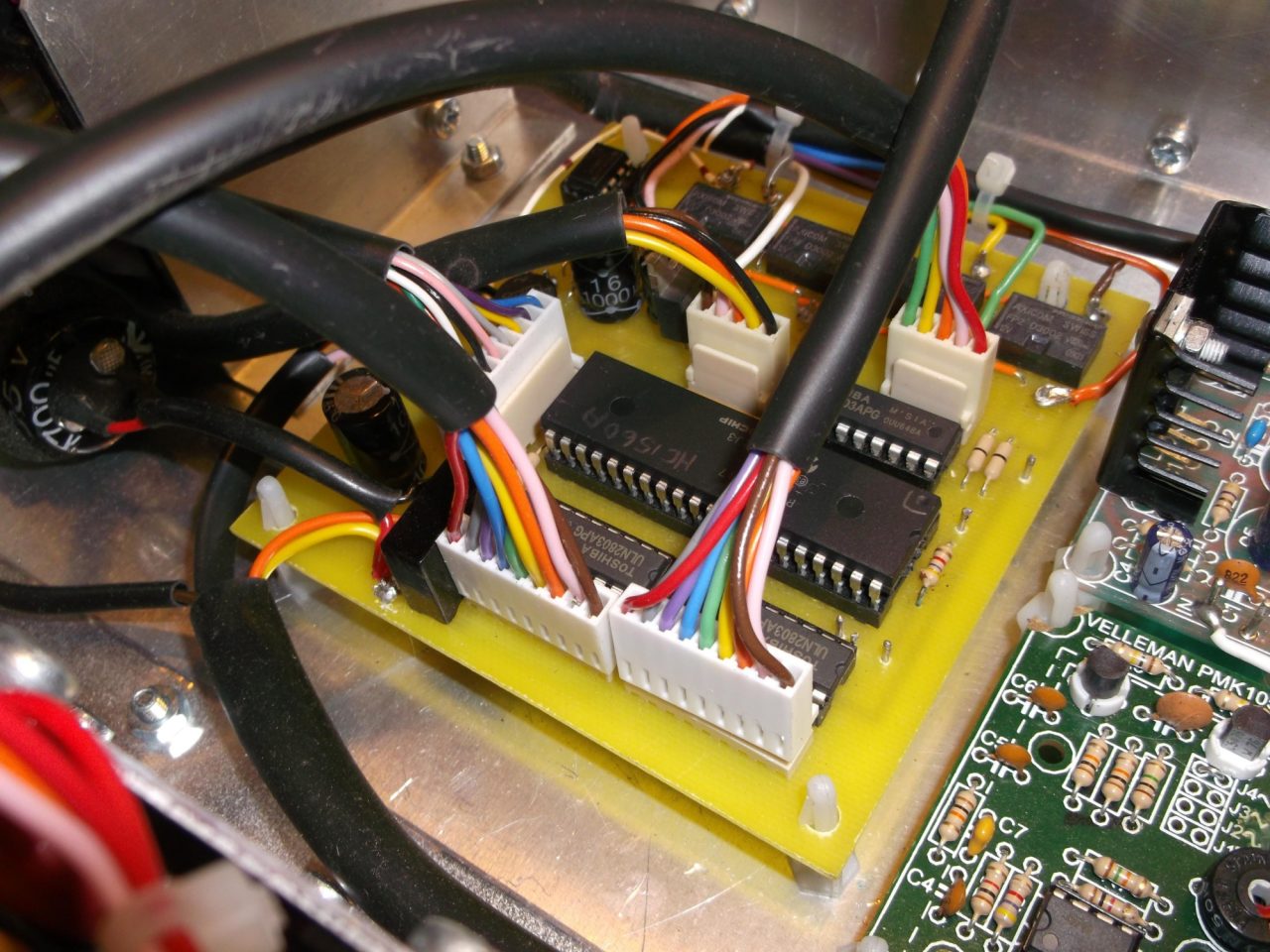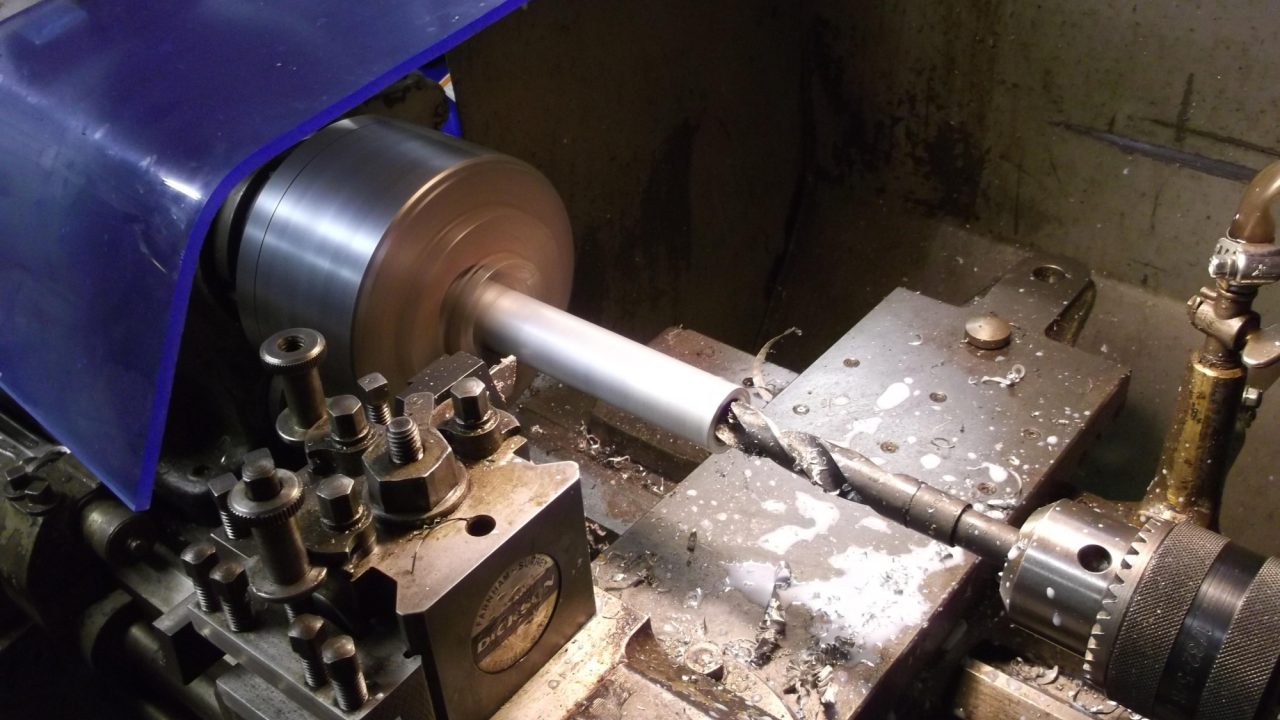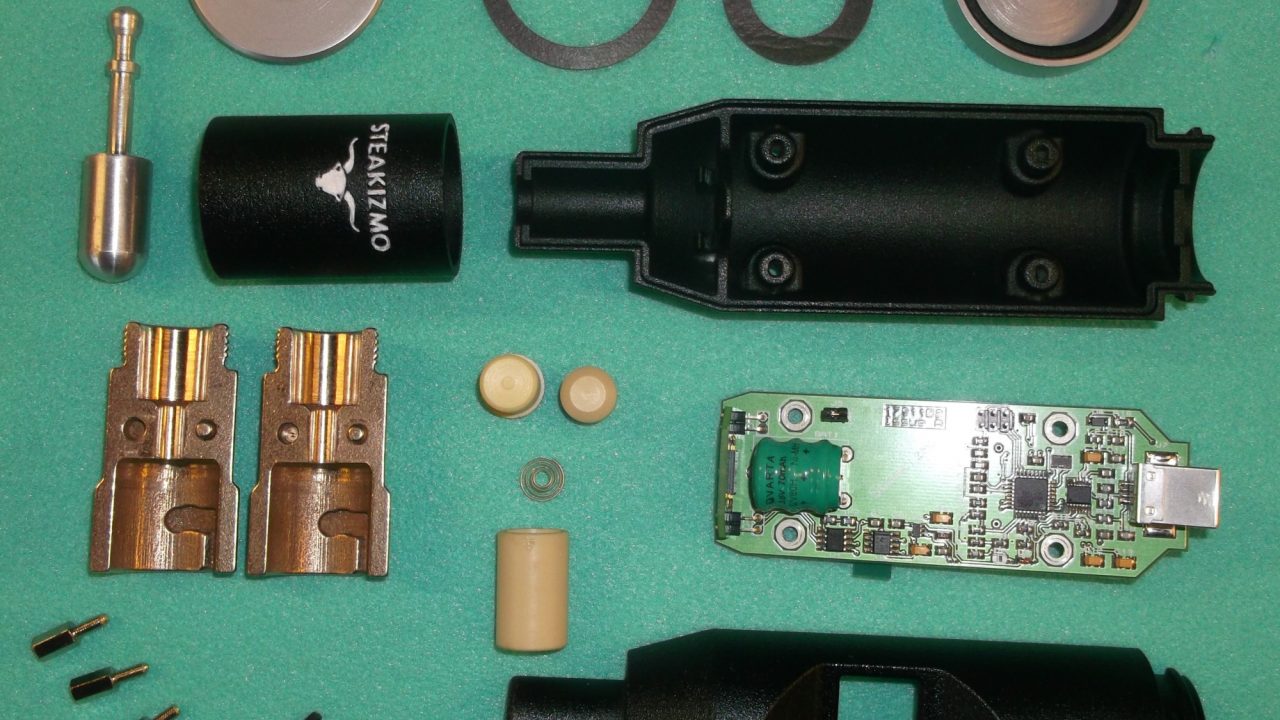

Methodology
We research and make inventions.
Essentially the three key things to aim for are:
We provide services to help you achieve these aims. Our core activity has always been making and testing things. In house capabilities:
We also work with a network of trusted suppliers and subcontractors. These are explained further below.
“It ain’t what you don’t know that gets you into trouble. It’s what you know for sure that just ain’t so.”
Mark TwainUnique integrated product/patent search: ‘feasibility study’
One
important step is to find out if your invention already exists either
as a patent document or indeed as an existing product. A full patent
search is an expensive thing to commission. You will have to pay at
least £500 and as much as £1200 depending on which company you use. Our
online Feasibility Study service (integrated patent/product search)
however costs just £450 (inc. VAT) and is tailored to suit the private
inventor and startups who are on a limited budget.
The study includes a commercial search and also an evaluation based on the results. We use our own patent search software and the patent and product searches are integrated. The objective of the study is not to provide you with a copy of every patent document that has ever been filed that might possibly relate to your idea, but to establish, to a reasonable degree of certainty, if it already exists and thus if it is worth investing any further in the idea.
The study would consist of:
a. Commercial search
b. Preliminary patent search
c. Academic/scientific search (if appropriate)
d. Evaluation and recommendations.
The results of this should help you to decide whether or not it is worth
taking the project any further.
Following
the Feasibility Study (and pending the results) we can begin to discuss
the possibility of building a first-prototype, for testing and
development purposes.
We also work closely with a chartered patent attorney when you are ready to apply for a patent or to register a design.
3D Modelling / CAD
We use professional 3D CAD software to design components which can then be fabricated and assembled for testing.
This does not equate to technical drawings and neither are the designs just artist’s impressions (although renderings can be created which can serve these functions). In fact the modelled objects are shaped in 3D virtual space. The advantage of this is that they can be transformed into machine code (‘g-code’) which can then be used for 3D printing or other digital manufacturing processes.
This aspect has transformed the process of R&D work. In the past parts had to be manually fabricated. Now parts can be designed and created relatively quickly but very precisely.

3D printing ( & other rapid-prototyping techniques)
As mentioned above, 3D modelling has transformed the process of creating bespoke components.
To make small plastic parts we have an ‘Original Prusa i3 MK3’ 3D printer. We usually print using polylactic acid (PLA) in a variety of colours but other materials are available as well (ABS, PETG etc).
More specialised printing such as steel or brass is done through a network of trusted specialists.
Some parts cannot realistically be printed but require a subtractive rather than an additive process such as cnc milling. Again, in such cases we work with a network of trusted professionals.
Electronics
We can design and make electronic control systems to your own specification. Some examples are shown below. Please contact us to find out more.
Electro-mechanical projects
As a general rule we only build electronics as part of wider electro-mechanical systems.
Typically these consist of: Bespoke electronics, Mechanical components, Enclosure
Recent projects include: Device for pike fishing, Device for cooking steaks, Device for road safety
Design and development
Wherever possible circuits are designed from a standard list of components available from major catalogue companies permitting easy sourcing for development, spares and production.
Health and Safety
All equipment is designed to comply with the Low Voltage Directive (LVD) and Electro Magnetic Compatibility (EMC) Directives with most projects using the Technical Construction File (TCF) route to compliance, however sometimes, especially for RF equipment, a test house must assess the device.
Software
We undertake real time assembly level programming for micro controllers with very tight, efficient code to make best use of limited memory.
Programmers and development kits held for most microcontrollers, EEPROMs, UVEPROMs, Bi-PolarPROMs, GALs, PALs, etc.
Contact us for a free initial appraisal in complete confidence

Machining (lathe, milling machine)
For relatively simple lathework such as facing off, turning down, thread cutting, tapers / chamfers, knurling and drilling we have a Smart & Brown Model A English lathe.
For machining slots and surfaces we have a Whitecote LC-15A milling machine.
For more complex processes such we work with a network of local professionals.

Testing
We often test components to verify their properties. An example is the stiffness of springs.
This is an important aspect of ensuring that the eventual products wil function as intended.
Sourcing parts for manufacturing
We can source parts on your behalf.
The usual procedure is to obtain quotes from at least three independent sources; to procure and test samples and then to make recommendations based on the results.
We often source parts in the Far East. It can be amazing the variation that can be observed for what are supposed to be products with the same specification.
We have staff who are capable or fluent in German, Russian, Mandarin Chinese, French and Spanish and this can be very helpful when interracting with prospective suppliers.

"thanks so much for this extremely comprehensive report! Because there are some very similar items here, I'm going to look into how readily available they are before I decide what to do. Many thanks - an excellent service well worth the money!"
Mrs Clare Moss